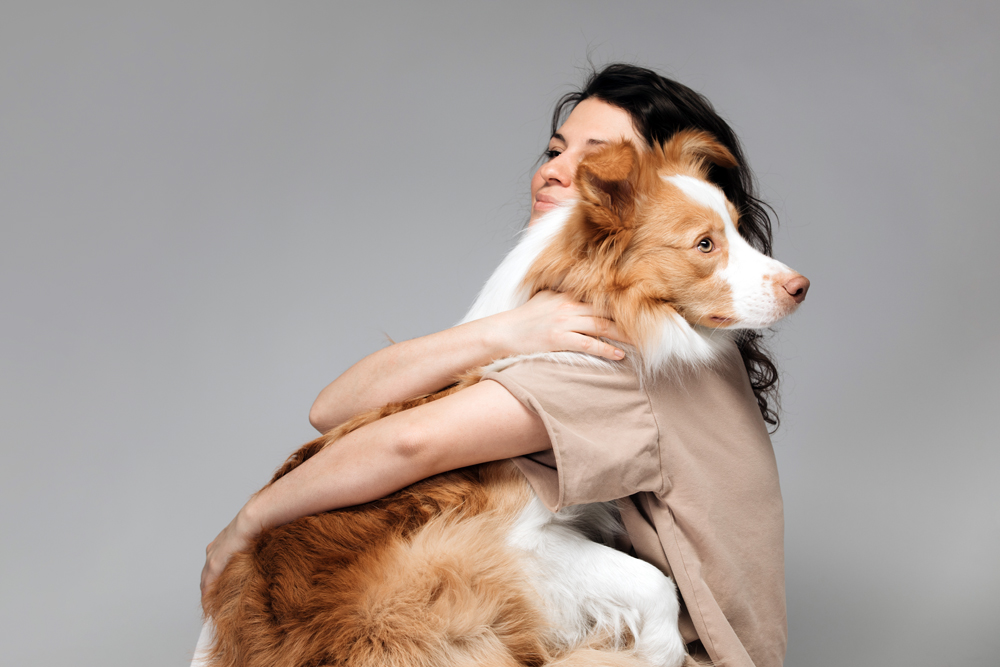Last month we considered the important topic of premiumization in the pet products and services markets.1 Although premiumization was recognized as an historically successful business strategy, analysis of data from the American Pet Products Association (APPA)2 revealed that premiumization has also led to an increasing opportunity in the form of a growing community of “lost pet owners”.
In Veterinary medicine, rapidly increasing costs associated with ongoing advances in science, medicine, and specialization across Veterinary products and services have clearly been important contributors to the premiumization trend. When combined with increasing prices associated with the widespread Veterinary workforce shortage,3 a growing community of “lost pet owners” is no longer able to fully access Veterinary care financially.
In fact, a recent study by Gallup and PetSmart Charities4 revealed that 52% of pet owners had not taken their pets to a veterinarian within the past year or had declined care that was recommended by a veterinarian. Although the research methods and questions asked were entirely different, data collected for the 2024 APPA National Pet Owners Survey2 also indicated a large gap in Veterinary care: approximately one-third of all dog and cat owners reported total Veterinary expenditures for the previous year of $0.00.
Digging a bit deeper into the APPA data reveals some interesting perspectives on these non-vet-spending pet owners.
1. These pet owners do spend money on their pets, just not for Veterinary care.
- On average, dog owners in this group reported spending a total of over $430/dog/year. Notably, 25% spent over $500/dog/year and 10% actually spent over $850/dog/year. Not surprisingly, the highest category of expenditure generally was food, but other expenses were reported, as well.
- Cat owners in this group reported spending nearly $330/cat/year on average. At the upper end, 25% spent over $410 and the top 10% spent over $674. As with dogs, the highest overall expense category was food, but others were also frequently included.
2. Not surprisingly, household income is likely a key constraining factor for many of these pet owners, but perhaps not for all.
- Over 34% of zero-spending dog owners reported total household income of $45,000/year or less. However, over 23% reported income of more than $100,000/year.
For cat owners, the proportion with income below $45,000/year was nearly 43%, while almost 18% were in the >$100,000/year category.
3. Generationally speaking, zero-spending dog and cat owners were quite similar, with the largest single age group for each being Millennials (41% for dog owners and 37% for cats). In total, 55% of dog owners and 49% of cat owners in this group were less than 44 years of age. This compares to only 43% of dog owners and 47% of cat owners who reported non-zero Veterinary expenditures.
4. At 46% and 44%, respectively, nearly half of both dog and cat owners who didn’t spend on Veterinary care were college graduates, holding at least an associate degree. Although notable, these proportions were somewhat less than the 61% of dog owners and 60% of cat owners with non-zero Veterinary expenditures.
5. As compared to those pet owners reporting Veterinary expenditures greater than zero, these pet owners were less likely to identify their race as White. This difference was more pronounced for dog owners (74% vs 83%) than cat owners (83% vs 85%).
Although income and wealth certainly figure into the picture, these findings strongly suggest that the reasons for not going to a veterinarian could be much more complex. In theory, lack of adequate access to Veterinary care could be financial, geographic, cultural, logistical, or something else entirely. However, because 97% of pet owners consider their pets as part of their family,5 and 96% recognize the human health benefits of pet ownership,2 it would be short-sighted to assume that one-third of all pet owners are not interested in maintaining the health of their pets. Without question, further study in much greater detail will be necessary to provide an adequate basis for effective market segmentation going forward.
Consequences of inadequate access to Veterinary care are well understood, with wide ranging impacts from animal welfare to public health, business, and economics.6 However, potential solutions are not so clear, and will require progressive business, workforce, and service delivery innovations.1,3
In summary, APPA data indicate that one-third of all pet-owning households can be considered “lost pet owners” when it comes to pet healthcare. Importantly, because of the sheer magnitude of this gap, successful solutions will require substantial expansion of the Veterinary workforce. This becomes even more clear when considering that access to Veterinary care is known as one of the leading barriers to pet ownership. So, solving the “lost pet owner” challenge in Veterinary medicine will not only expand the demand for Veterinary products and services within the current population of pet owners, but will also enable an increase in the size of the pet-owning population as barriers to pet healthcare are effectively eliminated.
In the wake of historical premiumization, herein lies the opportunity for market segmentation in Veterinary medicine.
REFERENCES:
- Lloyd, J.W. Premiumization in Pet Products and Services: Winning Strategy or Lost Opportunity? Animal Health News and Views, July 1, 2025. Available at: https://animalhealthnewsandviews.com/premiumization-in-pet-products-and-services-winning-strategy-or-lost-opportunity/.
- American Pet Products Association. 2024 National Pet Owners Survey. Available at: https://americanpetproducts.org/data-platform.
- Lloyd, J.W. The veterinary market’s invisible hand. Today’s Veterinary Business, NAVC, Dec 1, 2024. Available at: https://todaysveterinarybusiness.com/invisible-hand-viewpoint-1224/.
- Gallup and PetSmart Charities. State of Pet Care Study: Pet Parents’ Assessment of American Veterinary Care. Gallup Inc, 2025, 21pp. Available at: https://www.gallup.com/analytics/659123/gallup-petsmart-charities.aspx.
- Brown, A. About half of U.S. pet owners say their pets are as much a part of their family as a human member. Pew Research Center, July 2023. Available at: https://www.pewresearch.org/short-reads/2023/07/07/about-half-us-of-pet-owners-say-their-pets-are-as-much-a-part-of-their-family-as-a-human-member/.
- Lloyd, J.W. Pet healthcare in the U.S.: another look at the veterinarian workforce. Mars Veterinary Health, Vancouver, WA, August 2023, 14 pp. Available at: https://marsveterinary.com/tackling-the-veterinary-professional-shortage/.

